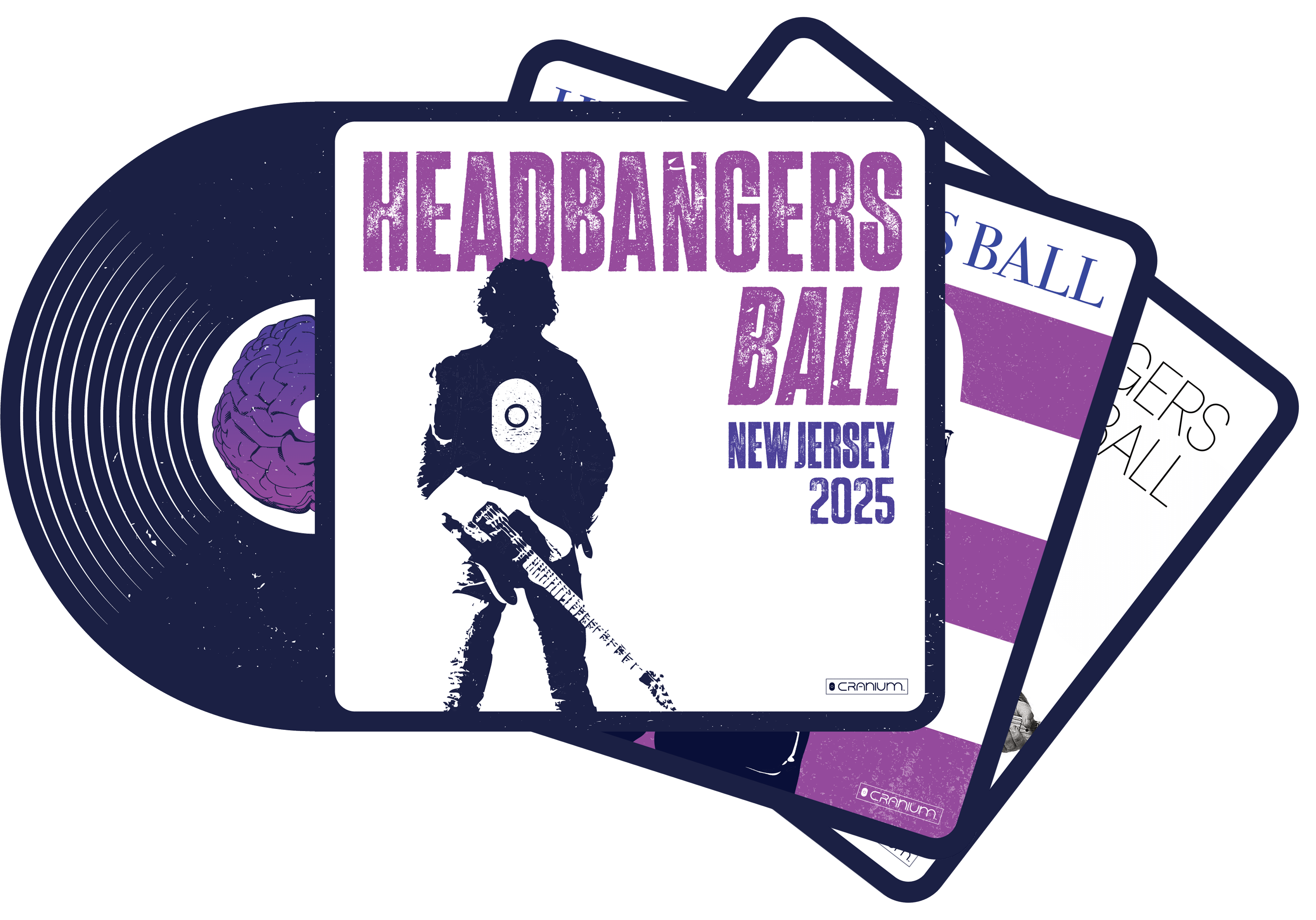The rise of generative AI and large language models has ignited a wave of innovation—McKinsey reports that 55% of organizations now use AI in at least one business function—but it has also opened the door to increased regulatory scrutiny, ethical dilemmas, and security risks. For global enterprises, these aren’t abstract concerns. They’re real, present, and growing.
Enter: AI Operational Governance—a framework that ensures your AI systems are developed, deployed, and maintained in a responsible, compliant, and scalable way.
At Cranium, we believe governance isn’t a checkbox. It’s the foundation of trust, the driver of innovation, and the safety net for AI risk. Gartner forecasts that by 2026, 80% of unauthorized AI access will result from internal governance failures, not external attacks—reinforcing the need for operational oversight.
By 2026, 80% of unauthorized AI access will result from internal governance failures, not external attacks—reinforcing the need for operational oversight.
What Is AI Operational Governance?
AI Operational Governance refers to the set of policies, procedures, and oversight mechanisms that guide the full lifecycle of AI systems within an organization. This includes:
- Data sourcing and management
- Model development and testing
- Deployment and monitoring
- Ongoing maintenance and improvement
- Risk assessment, documentation, and compliance tracking
For global companies, that lifecycle spans geographies, teams, and third-party vendors—making governance not just helpful, but essential.
Five Reasons It’s Non-Negotiable
1. Regulatory Readiness Across Borders
The global AI policy landscape is shifting quickly. The EU AI Act has passed. The U.S. recently introduced Executive Order 14179, and new frameworks like the NIST AI RMF are gaining adoption across industries.
For global organizations, fragmented compliance efforts increase risk. A unified operational governance framework creates standardization, enabling teams to maintain regulatory compliance across multiple jurisdictions with less friction and cost.
2. Trust and Transparency at Scale
Customers, investors, and partners care about how your AI is built—and whether it can be trusted. Without visibility into how systems are trained, evaluated, and governed, trust erodes. AI governance enables organizations to demonstrate transparency in development practices, model behavior, and decision-making processes.
This isn’t just about risk mitigation. It’s brand protection.
3. Scalable Efficiency and ROI
AI initiatives can’t afford silos. Without standardized governance, teams waste time duplicating effort, reworking non-compliant models, or struggling through audits. A central governance hub provides clarity on who owns what, where data flows, and how systems are evaluated. That reduces bottlenecks and increases your AI return on investment.
4. Protection of Data and Intellectual Property
Data is your fuel. IP is your differentiator. AI governance ensures that your organization handles sensitive data responsibly and safeguards its intellectual property throughout the lifecycle. These protections become especially critical when partnering with third parties or deploying AI across global business units.
5. Built-In Ethics and Bias Mitigation
Bias in AI isn’t just a technical flaw—it’s a reputational and legal risk. AI governance frameworks embed ethical considerations into each phase of development, helping teams identify and reduce bias, ensure fairness, and align models with enterprise values.
Your Next Step: Operationalizing Governance
Governance isn’t something you bolt on after the fact—it must be baked in. That’s why we created Cranium’s AI Card, a scalable way to measure compliance readiness and track improvements over time. With each system you assess, your governance maturity grows stronger—and your AI becomes more trusted and secure.
In today’s environment, fragmented governance isn’t just inefficient. It’s risky. Operational governance is your foundation for innovation—with confidence.



